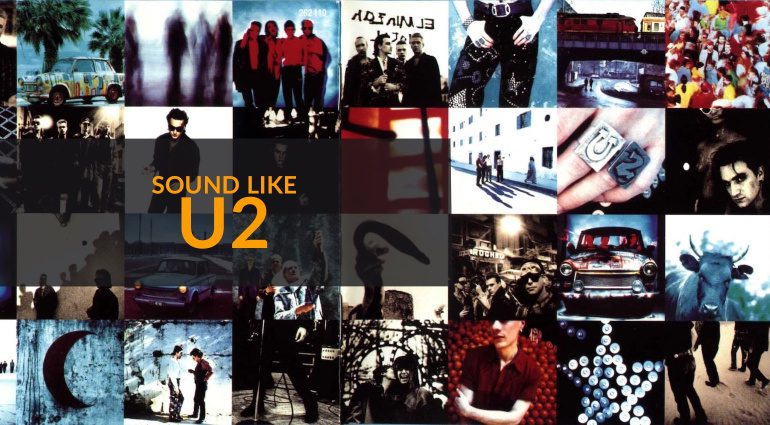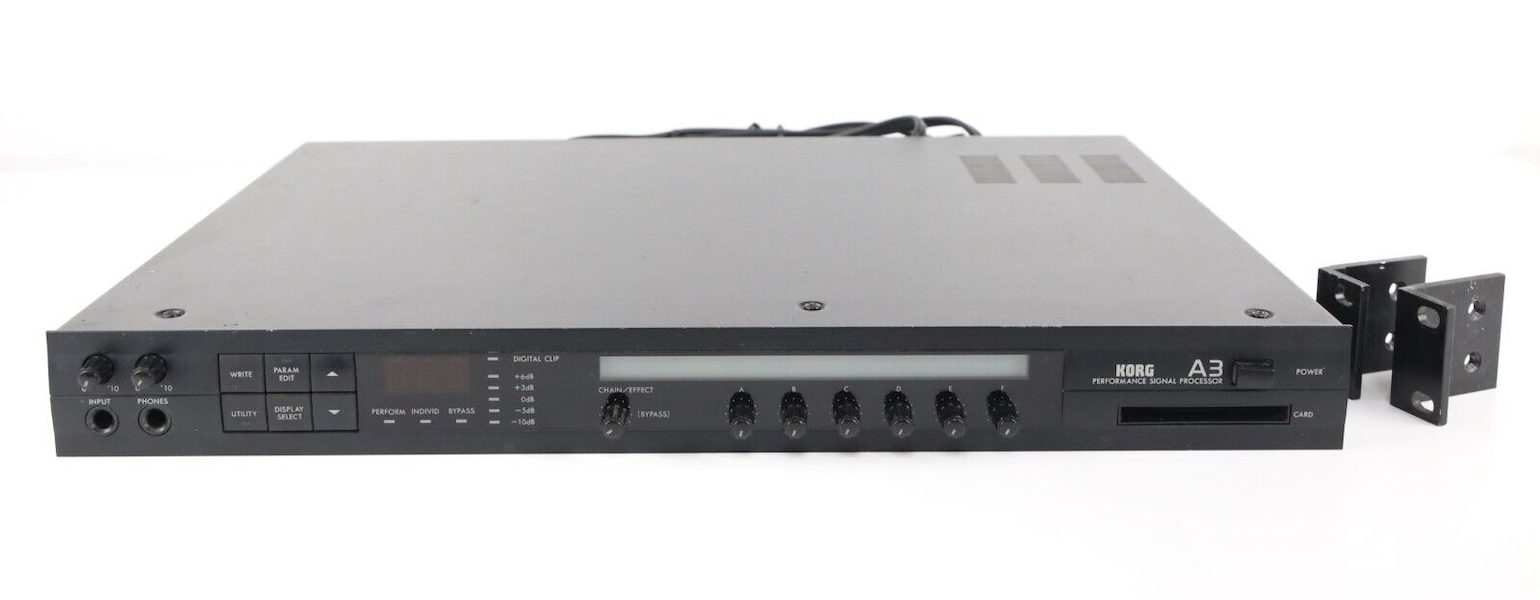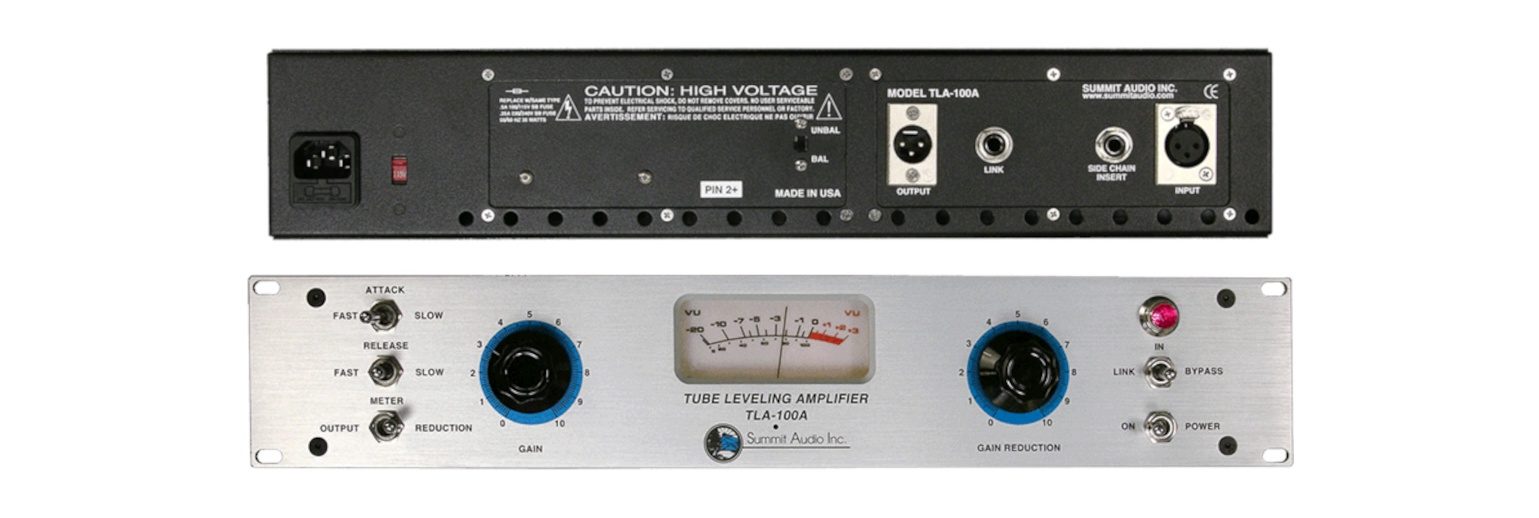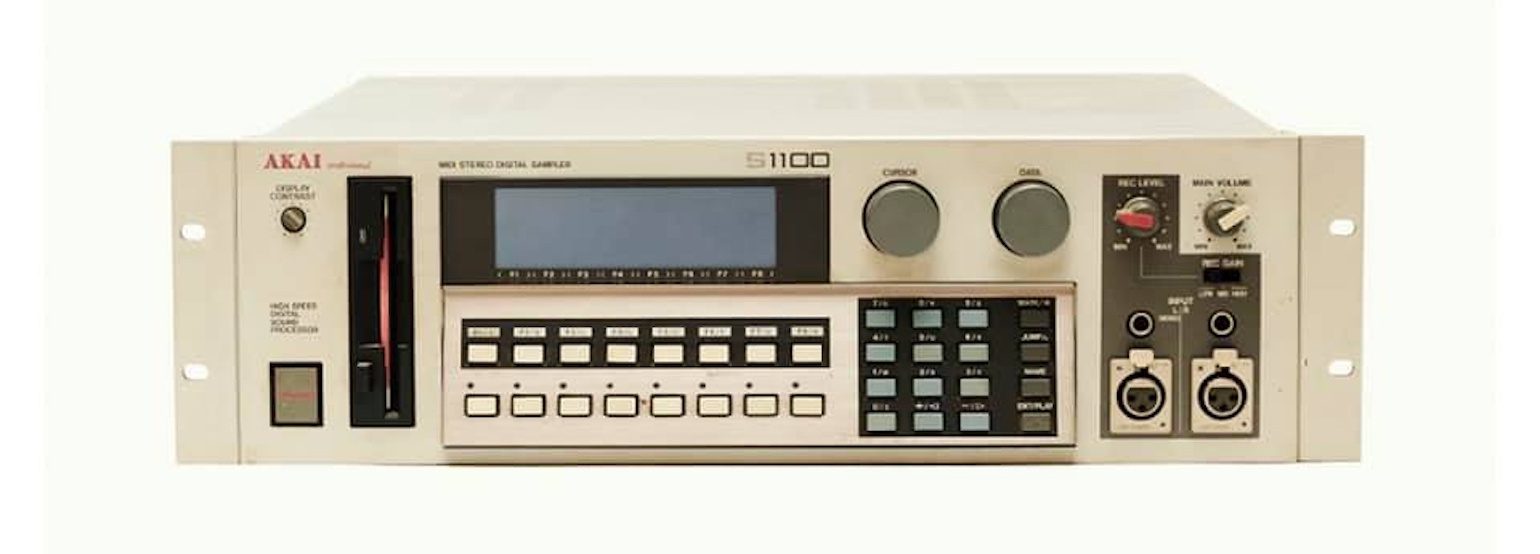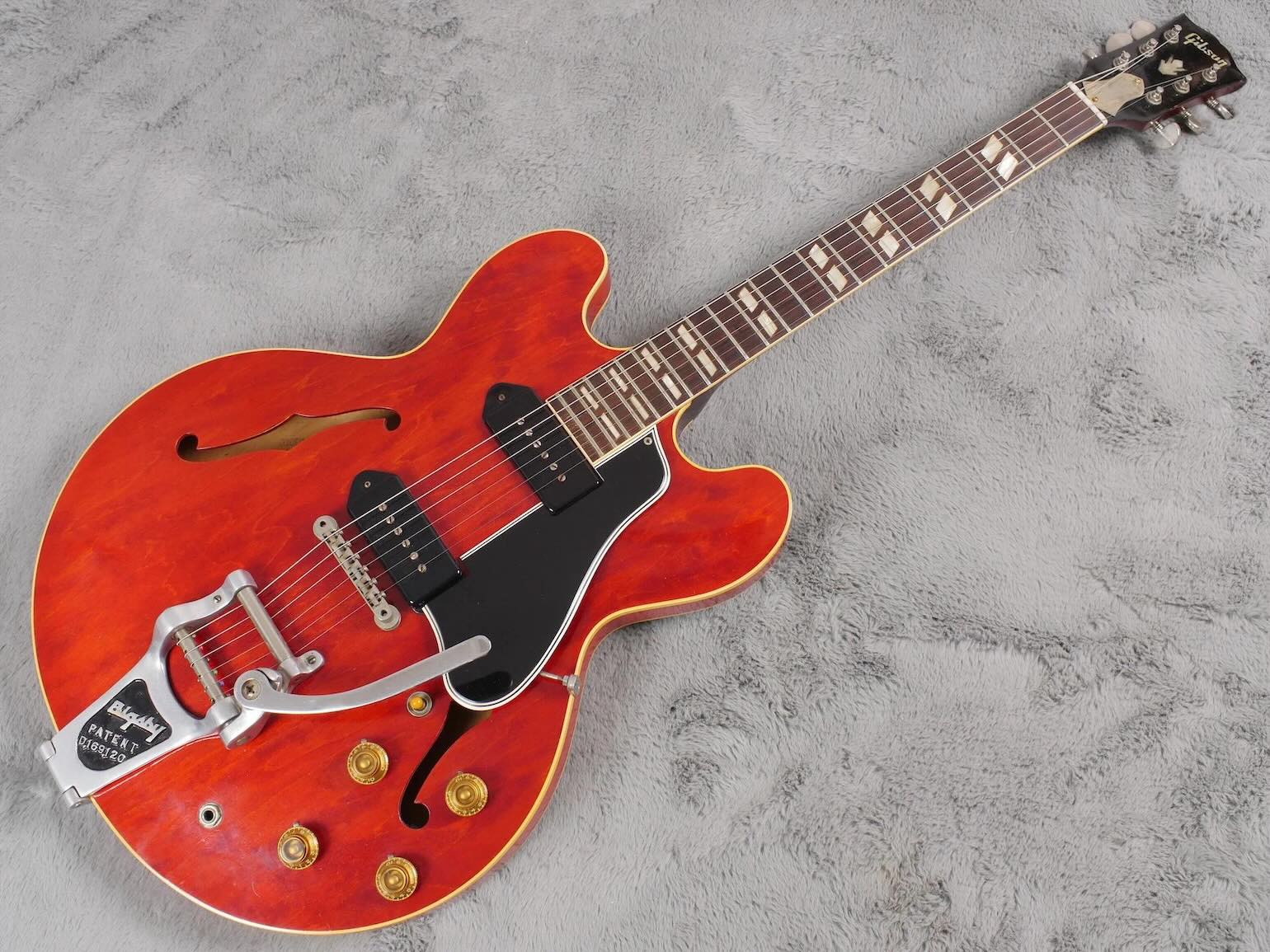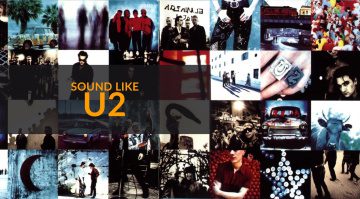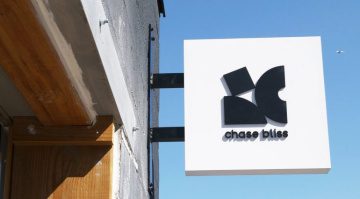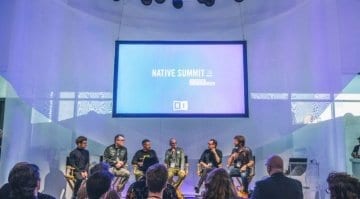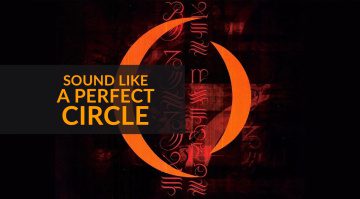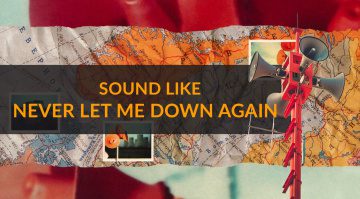Direct from Dublin: How To Sound Like U2
With well over 150 million records sold and countless sold-out stadium tours, U2 remains one of the most successful bands of all time. The combination of the unique musicality of The Edge, the bravado of Bono, and the visionary management of Paul McGuinness allowed the band to conquer arenas across the globe.
The band formed in 1976, during the height of the punk era, drawing inspiration from bands such as The Stranglers, The Jam, The Clash, The Buzzcocks, and The Sex Pistols.
As a band, U2’s rise to prominence was far from being an overnight sensation. However, their legacy, particularly throughout the 1980s and 1990s captured the imagination of fans in a lasting way, and few bands ever reach the levels of success that followed.
The U2 Sound
The strength of U2 is that they continued to evolve. The first 3 albums were produced by Steve Lillywhite, before the band started working with Daniel Lanois, Brian Eno, and later, Mark “Flood” Ellis.
With a highly collaborative recording process, and a team of creatively dynamic individuals who were constantly adverse to the idea of resting on their laurels, the band had a formula for creating magic in the studio.
You are currently viewing a placeholder content from Default. To access the actual content, click the button below. Please note that doing so will share data with third-party providers.
Korg A3
More than any single element, U2’s sound is influenced by The Edge’s love of digital effects. From the famous Korg SDD-3000 and TC Electronic 2290 digital delay units to the Korg A3 he used to create anthemic riffs like Mysterious Ways.
Compared to most guitar-driven music, it comes across in a very electronic way, but this doesn’t mean the creative or recording processes going on weren’t completely organic.
Nothing sounds quite like real ’80s and ’90s rack effects, but you can mimic the behaviour of some of Edge’s effects with the help of an envelope phaser pedal like the Empress Phaser.
- More about KORG

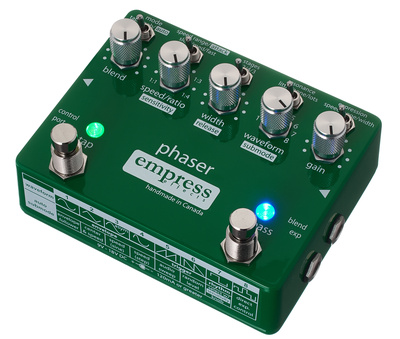
Summit TLA-100
Another key aspect of the U2 song-creation process is the way that vocals were done differed completely from the clinical process usually associated with doing vocals on a major rock album like Achtung Baby (1991), Zooropa (1993), or Pop (1997).
Bono preferred to do most of his tracking live on a Shure SM58 with wedge monitors ablaze, and this really lifted the atmosphere of recording sessions completely. In parts, he also sang through various effects and reverbs like the AMS RMX 16, which helped the writing process along.
In the ’90 vocal tracking was often done through the Summit TLA-100 leveling amplifier, which is a great tool for shaving off peaks without hearing any noticeable compression going on.
- More about Summit Audio

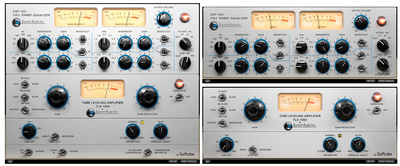
Akai S1100
Sampling was an essential part of the creative process during the recording sessions for both Achtung Baby and Zooropa. However, instead of using other records, engineer Robbie Adams created loops with Larry’s drum parts.
The S1100 has an incredible range of effects and the ability to time-stretch audio without altering the pitch. This allowed Adams to build up a creative library of loops that the band could draw from at any given moment.
It might not have the same range of effects as the old AKAI rack samplers, but the Elektron Octatrack certainly has incredible beat-slicing and time-stretching features.
- More about AKAI Professional

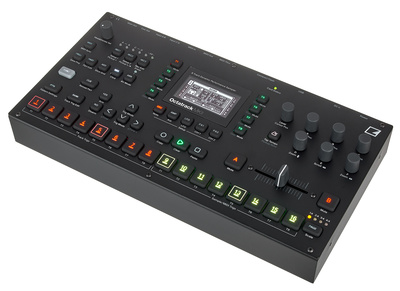
You are currently viewing a placeholder content from Default. To access the actual content, click the button below. Please note that doing so will share data with third-party providers.
Gibson ES-330
Although U2 is known for having a very effects-laden sound, some of the most poignant and soulful songs in the catalogue like One, for example, rely mostly on the tone of great-sounding authentic instruments like the 1959 Gibson ES-330 archtop.
The ES-330 is not as versatile as the ES-335 when it comes to shaping its sound, but Edge used a Boss OD-1 OverDrive which complemented its natural sound perfectly.
Meanwhile, at this time his amp choices were usually a Vox AC-30 or a Randall amp mic’d with an AKG C414, which can easily capture both the clean and processed parts.
- More about Gibson

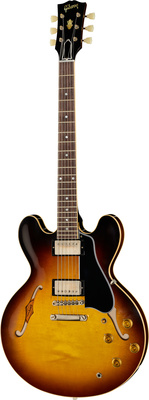
Eventide H3000
The Eventide H3000 and H4000 rackmount effects processors were some of Flood’s studio favourites and always on his “posh gear” lists when working with U2.
The H3000 is capable of adding magic to vocals, guitars, and synths in the form of delay, modulation, and unique doubling effects that you can hear on countless records.
Today, the Eventide H9000 is still a top-of-the-line processor with endless analogue and digital I/O, as well as 3 expansion slots for adding MADI and Dante connectivity.

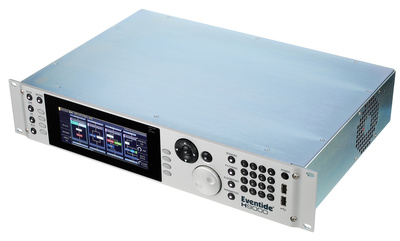
Which of your favourite artists would you like to see in our Sound-alike series? Please let us know in the comments below!
More about U2:
- Official band page
- More Sound-alikes
Videos:
You are currently viewing a placeholder content from YouTube. To access the actual content, click the button below. Please note that doing so will share data with third-party providers.
You are currently viewing a placeholder content from YouTube. To access the actual content, click the button below. Please note that doing so will share data with third-party providers.
You are currently viewing a placeholder content from YouTube. To access the actual content, click the button below. Please note that doing so will share data with third-party providers.
*Note: This article contains advertising links and widgets that help us fund our site. Don’t worry: the price for you always stays the same! If you purchase something through these links, we receive a small commission. Thank you for your support!

 3,4 / 5,0 |
3,4 / 5,0 | 